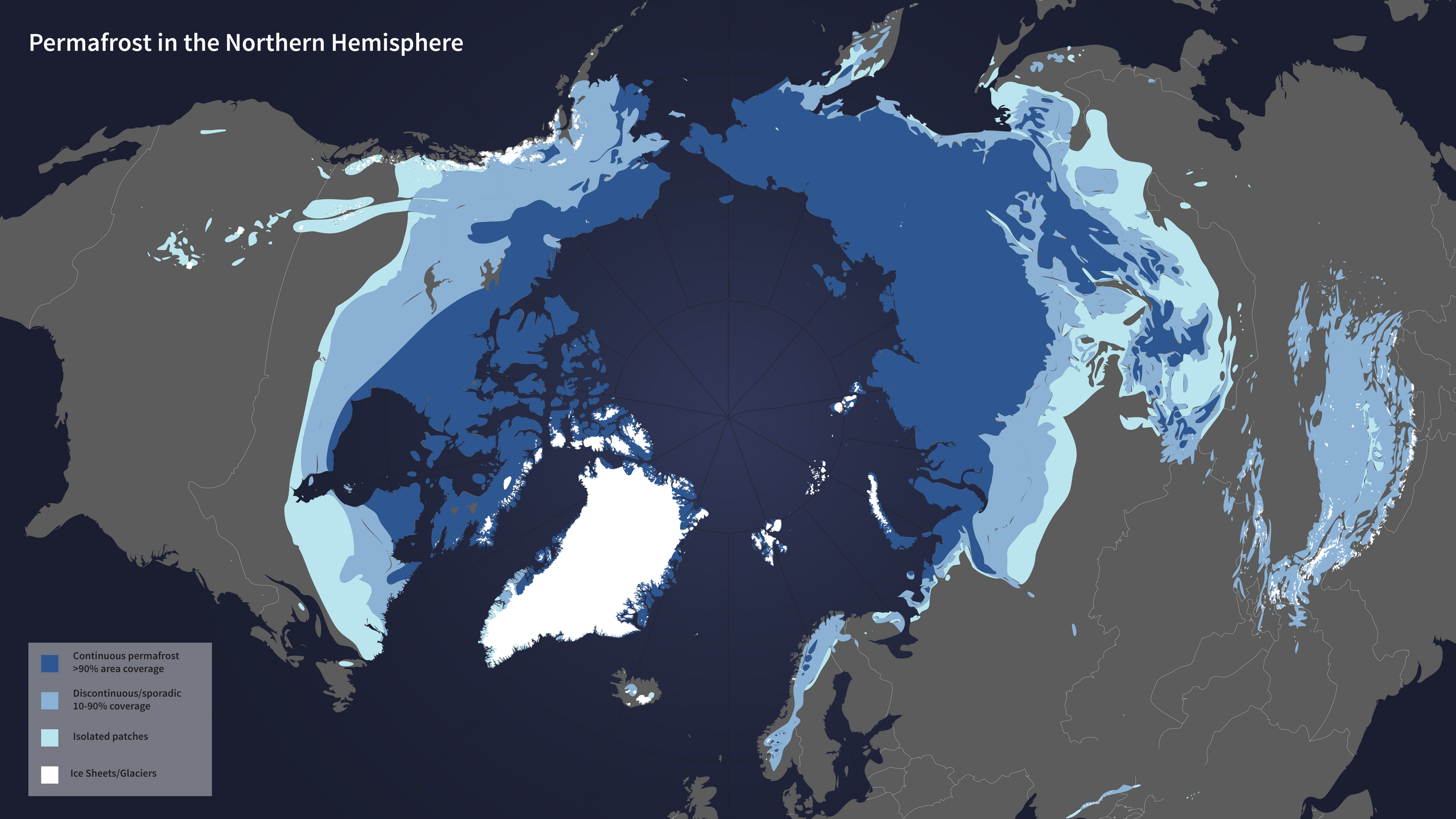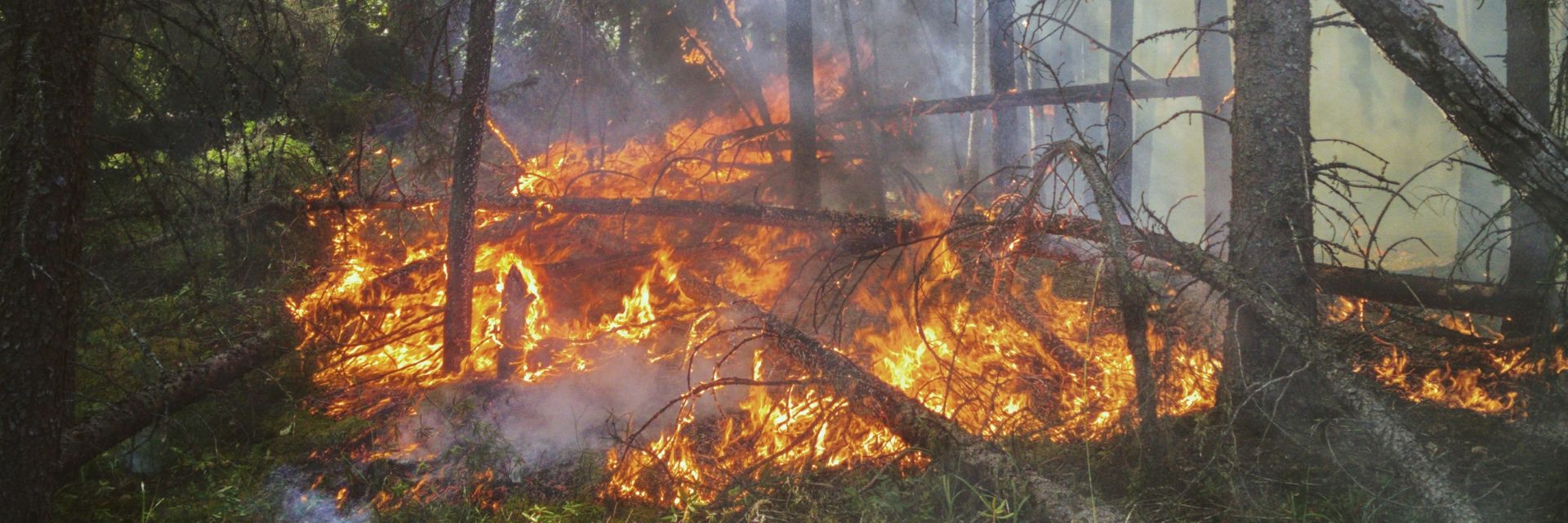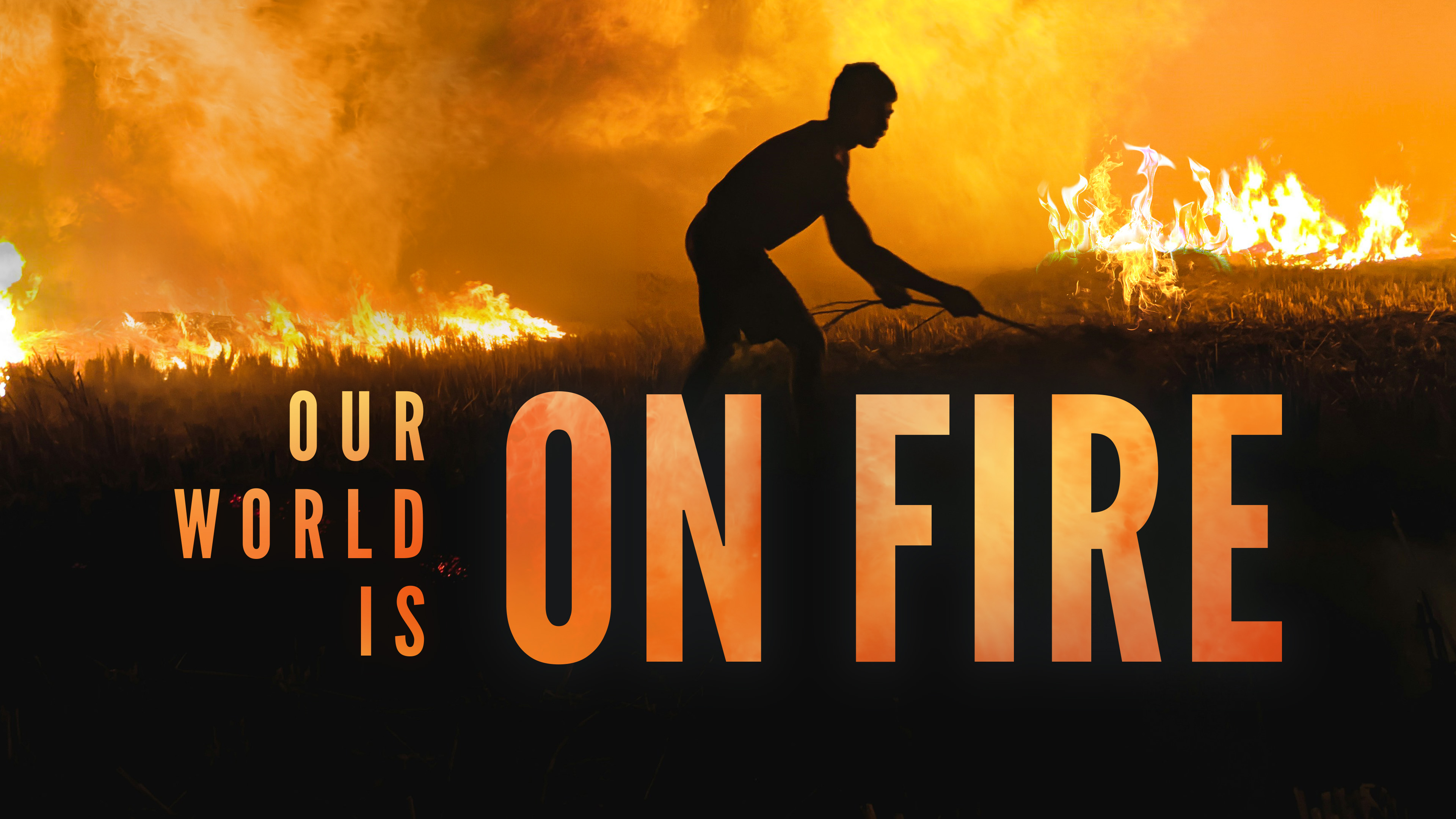Scientists worldwide have devoted significant time and effort to studying “zombie fires,” but how can a fire rise from the dead? It’s more common than you might think.
◊
In 2019, Siberian wildfires covered enough ground to spread across the entire nation of Belgium. Though Siberia’s population isn’t nearly as dense as that of Belgium, an uptick in wildfires across the world is among many uncomfortable developments in the wake of climate change.
Under arid conditions, rogue lightning strikes or man-made fires can metastasize into large wildfires. Instigators as simple as discarded cigarettes are often responsible for such disasters. If only wildfires were always so easy to understand.
Learn about the relationship between climate change and wildfires in this sizzling MagellanTV documentary.
Permafrost Fuels Wildfires
Sometimes, wildfires burrow deep enough underground to reach permafrost, the frozen layer of decomposing organic material beneath many Arctic and Antarctic regions. As these fires melt permafrost, dormant byproducts of plant decomposition return to gaseous states.
In addition to more frequent wildfires, note that increases in global temperature have also caused a great deal of permafrost to melt. In fact, melting permafrost releases enough methane to fuel fires for months.
When a fire dissipates above ground, a steady source of methane may allow it to keep burning beneath an insulating layer of snow during the winter. These “zombie fires” roar back to life in the spring when snow disappears, yielding further destruction in the same forest.
How to Spot a Zombie Fire
How do scientists distinguish between zombie fires and regular fires? The primary criteria are twofold.
An absence of immediate causes is the first clue. Wildfires are usually close to civilization and often coincide with thunderstorms. Second, the fire’s position either matches or approximates the position of a similar fire from the prior year.
Are Zombie Fires Dangerous?
As menacing as zombie fires might sound, more conventional fires pose a much greater threat to our physical safety. They’re not new, either.
Though more common instances of zombie fires have resulted in further scientific study in recent years, fire management teams and park workers have known such disasters as “holdover” or “overwintering” fires for decades.
How Zombie Fires Contribute to Global Warming
Most importantly, zombie fires aren’t merely products of global warming. They’re also major contributors to a complex “climate feedback loop.” In addition to the methane that perpetuates fires underground, permafrost releases another common byproduct of plant matter: carbon dioxide.
Regular wildfires already release CO2 by burning trees, so one can imagine the impact of a zombie fire’s reliance on two major sources of the gas. In the summer of 2020, total carbon emissions from Siberian wildfires rivaled Canada’s annual carbon emissions at 540 megatons.
Thus, zombie fires exacerbate climate change through a vicious positive feedback loop. Excess CO2 in the atmosphere creates the conditions for a wildfire, and the resulting wildfire melts permafrost to release more greenhouse gases into the atmosphere, thereby causing further wildfires.
 Permafrost extent in Northern Hemisphere (Credit: Marit Jentoft-Nilson, NASA Scientific Visualization Studio, via Wikimedia Commons)
Permafrost extent in Northern Hemisphere (Credit: Marit Jentoft-Nilson, NASA Scientific Visualization Studio, via Wikimedia Commons)
How to Help
Zombie fires don’t happen every day, but they pack a punch when they return to life. If you want to help keep the Earth cool as much as we all do, remember that a tinderbox of prevention is worth a bonfire of cure.
As you follow usual fire safety rules like constantly tending to fires or having water buckets handy, park rangers and firefighters ask you to watch for plumes of smoke appearing to rise from the grave. It’s a zombie!
Ω
Title Image credit: Landon Parenteau, via Unsplash


